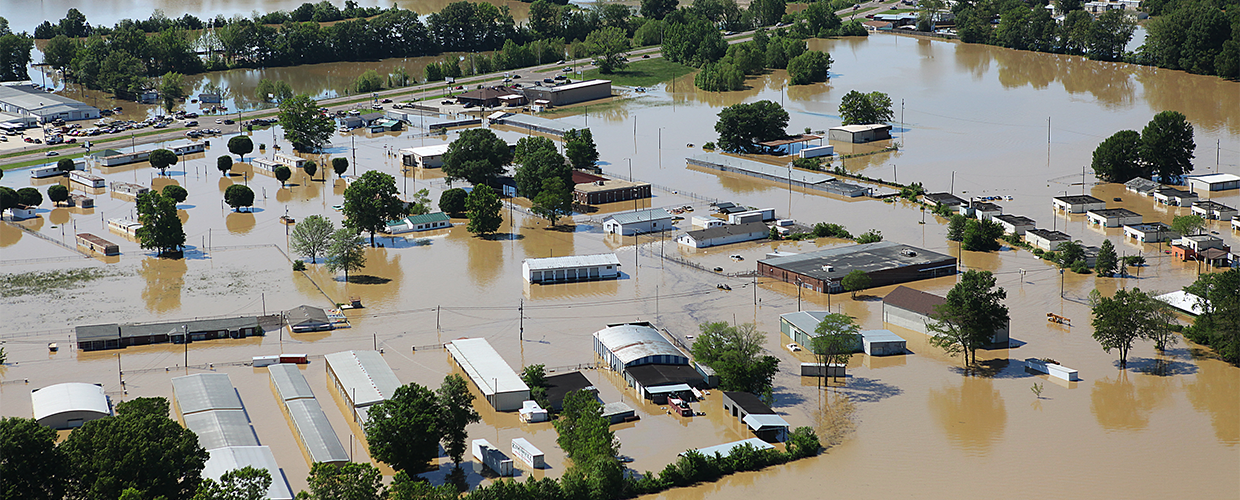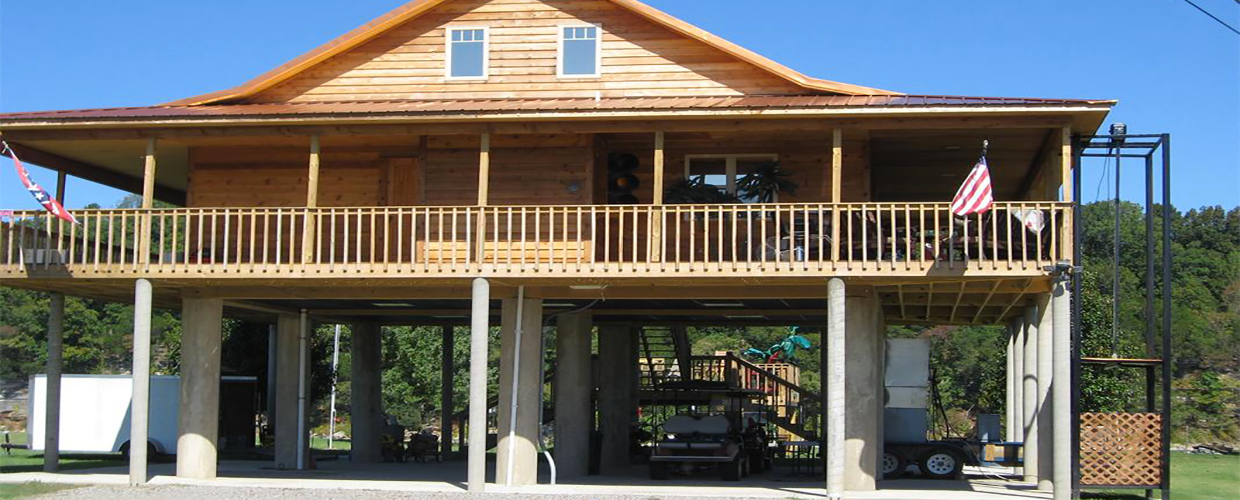Water management solutions minimize flood damage
by Nikola Tosic, 20 June 2017

Climate change linked to urbanization is altering the natural water cycle and nowadays water management became an issue of significant relevance.
Catastrophic events due to a wrong management of water are more and more common. Among these floods, which are Earth’s most common–and most destructive–natural hazards. A flood occurs when water overflows or inundates land that’s normally dry.
In the United States, where flood mitigation and prediction is advanced, floods do about $6 billion worth of damage and kill about 140 people every year.

Here, there are multiple laws known as the Flood Control Act that authorizes the U.S. Army Corps of Engineers to design and construct projects for the control of floods since 1928. In particular, there’s a Governative Agency called FEMA, that support citizens and is committed to respond to and recover from all hazards, like floods. This agency provides a guide to high-risk areas, indicated in the Flood Insurance Rate Map (FIRM). These areas need to get an Elevation Certificate that determines their flood insurance.
In this way, houses in these areas can be elevated according to the methods explained by FEMA regulations. The methods used to elevate a building are different depending on the type of house, the subjected area and the material in which buildings are made. The only thing in common is the amount of elevation. In fact, houses should be elevated according to the BFE of each specific area. BFE is the computed elevation to which floodwater is anticipated to rise during the base flood and can be found in the Flood Insurance Rate Map. It is recommended to rise the house up to 3 or 4 feet above the existing ground level and above the BFE, to guarantee a significant protection to the house.
On the other hand, there are also solutions that can minimize floods occurrences from the roots. Water management systems can, in fact, mitigate this catastrophic event in urban areas:
- Roof Gardens: they absorb the 50% of rainwater, reducing the quantity to dispose of in the sewer;
- Green or draining car parks: concrete car parks can be replaced with green or draining onese without loosing their function. Their permeability will be very high, up to the 95%;
- Drainage and accumulation systems: facilitate the infiltration of water in the subsoil, solving flooding system caused by major storms;
- Underground basins for water storage: reduce the quantity of water in the sewers, they naturally filter polluting materials and restore the natural hydrological balance of water in urban areas.
Systems for the drainage and disposal of rainwater are a great solution to overcome the barrier of human’s cementification. They work through “infiltration processes”, allowing water to restore its natural function and reducing the surface runoff.
See more about: